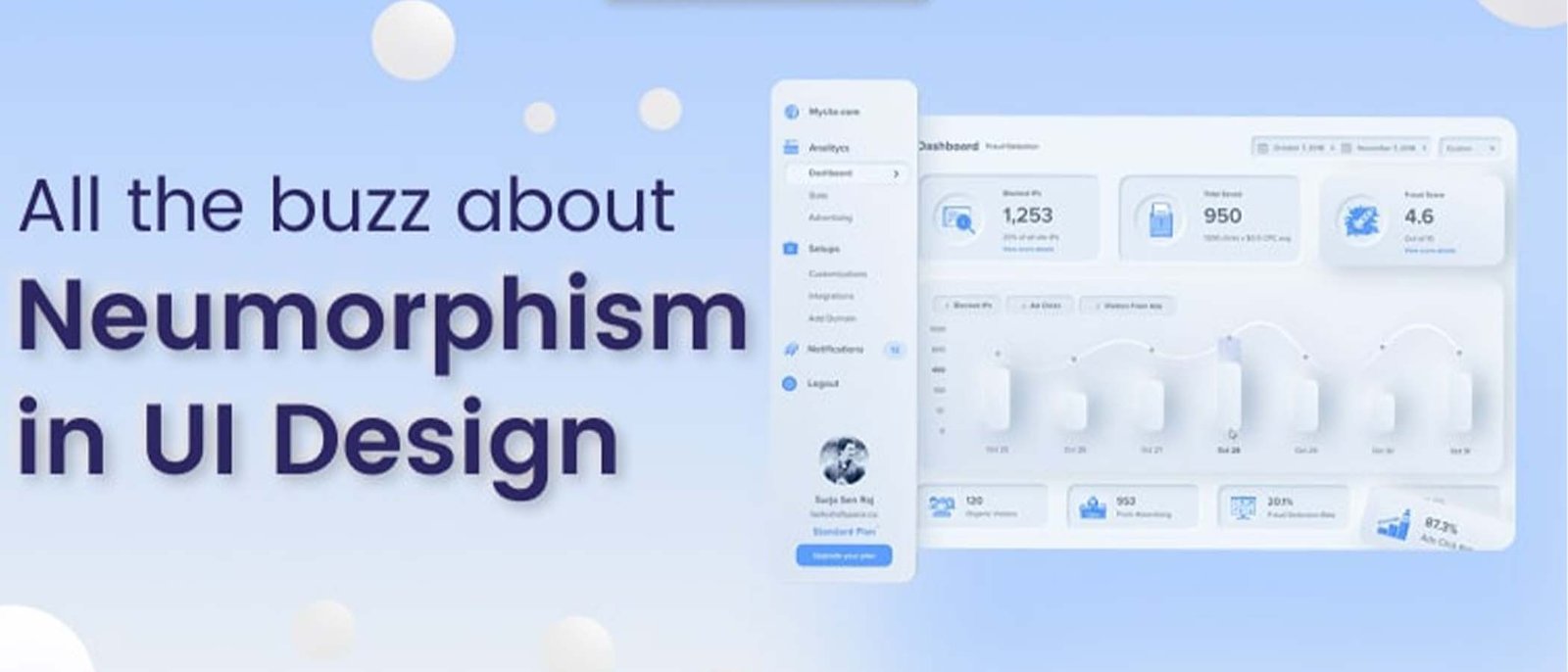Embracing Neumorphism: The Evolution of UI/UX Design
In the dynamic world of UI/UX design, a new trend is capturing the spotlight—Neumorphism. This design approach combines skeuomorphism and flat design, introducing a fresh and innovative look to user interfaces. Let’s delve into why Neumorphism is poised to become the next big thing in the realm of digital design.
What is Neumorphism? Neumorphism, also known as Soft UI, relies on subtle shadows and highlights to create a tactile, three-dimensional appearance. Unlike its predecessor, Skeuomorphism, Neumorphism strikes a balance between realism and minimalism.
Aesthetic Appeal: One of Neumorphism’s standout features is its ability to create visually appealing interfaces that mimic real-world objects. The design style’s soft edges and realistic shadows give applications a modern and sophisticated feel, enhancing overall user engagement.
Enhanced User Interaction: Neumorphic interfaces offer a unique user experience by providing subtle cues through shadow and light, guiding users intuitively. This not only enhances usability but also creates a sense of depth and interactivity that users find captivating.

Challenges and Considerations: While Neumorphism brings a breath of fresh air to UI/UX, designers need to tread carefully. Striking the right balance between aesthetics and functionality is crucial to avoid overwhelming users or sacrificing usability.
Conclusion: As the design landscape continues to evolve, Neumorphism emerges as a frontrunner, promising to redefine the visual language of digital experiences. Embrace this innovative trend to create interfaces that are not only visually stunning but also intuitive and engaging for users. The future of UI/UX design is, indeed, looking neumorphic.











